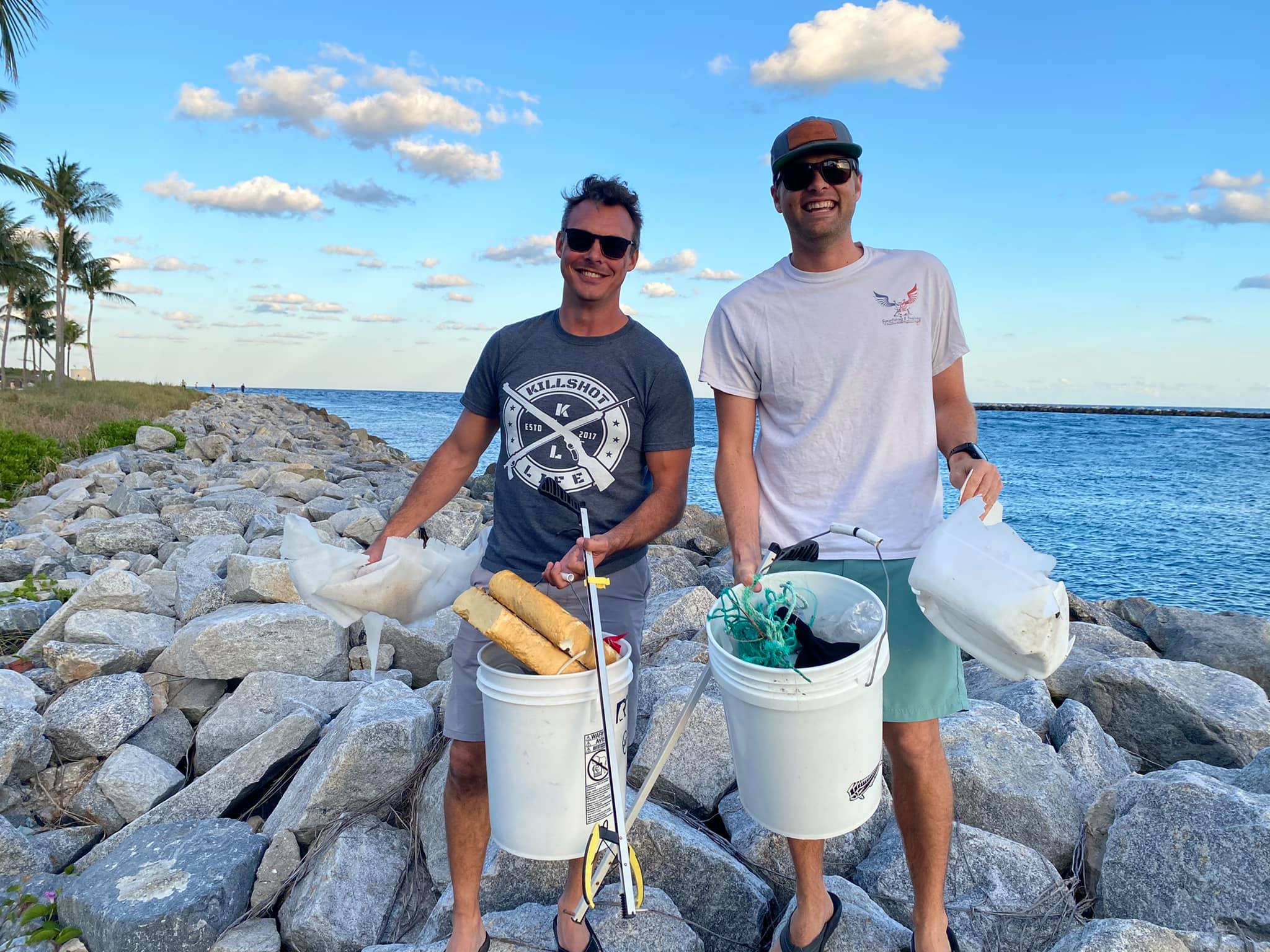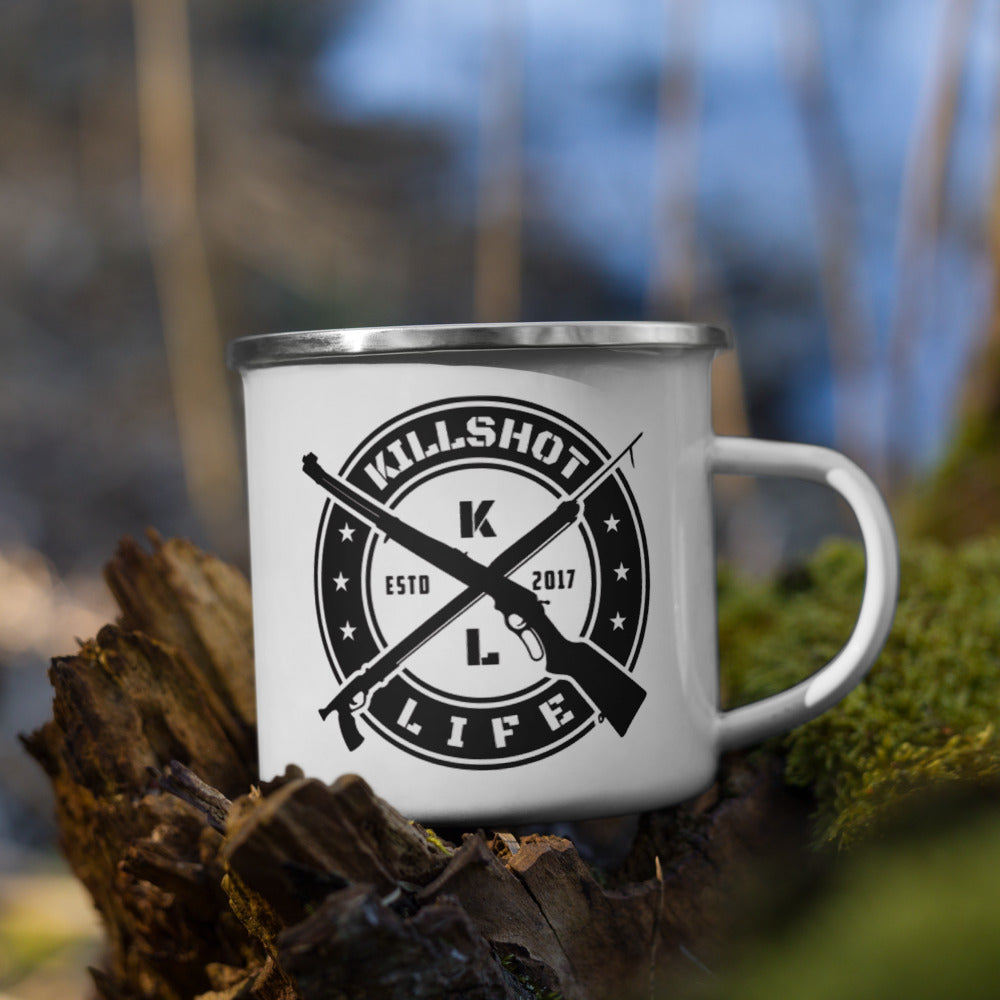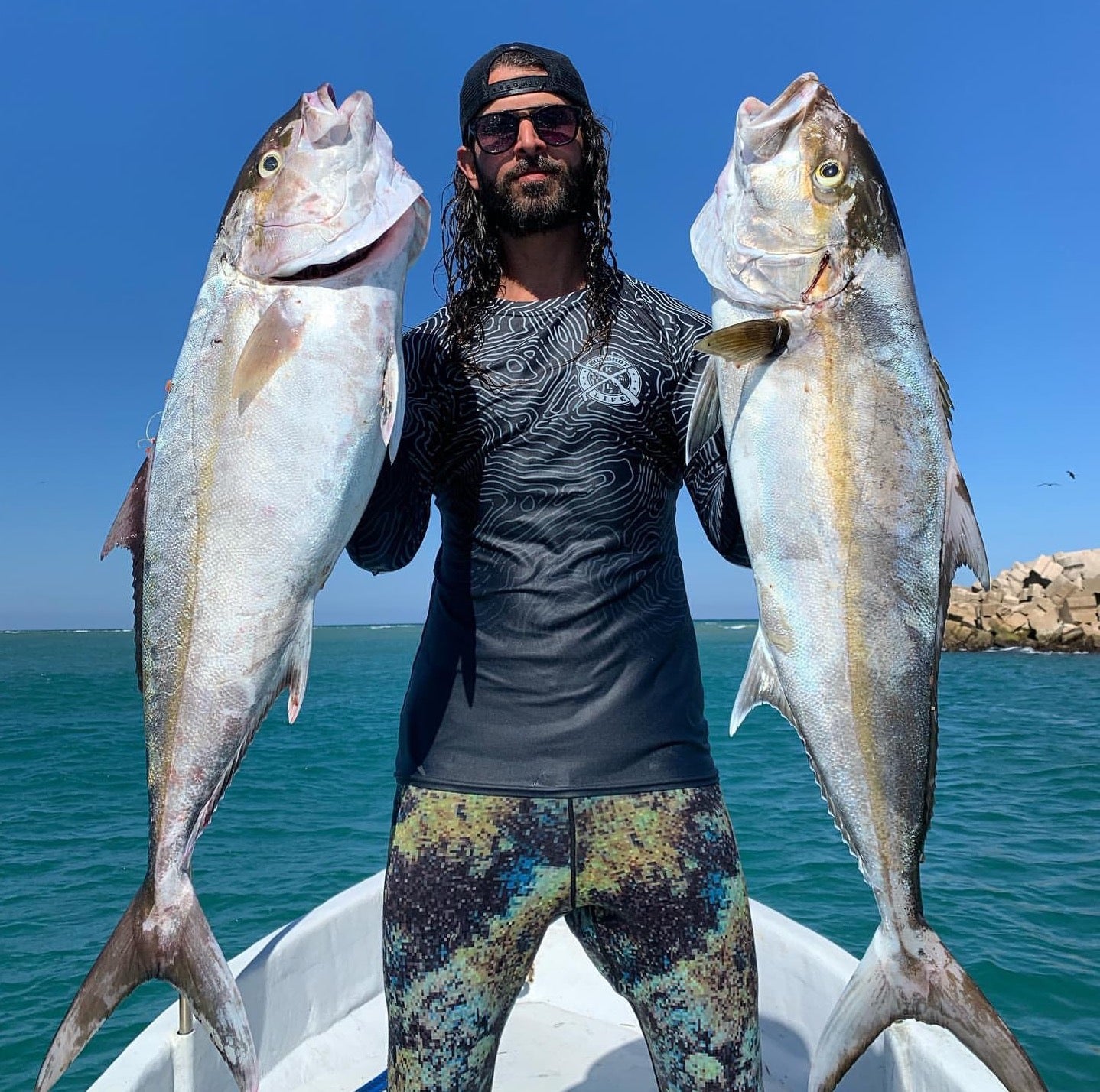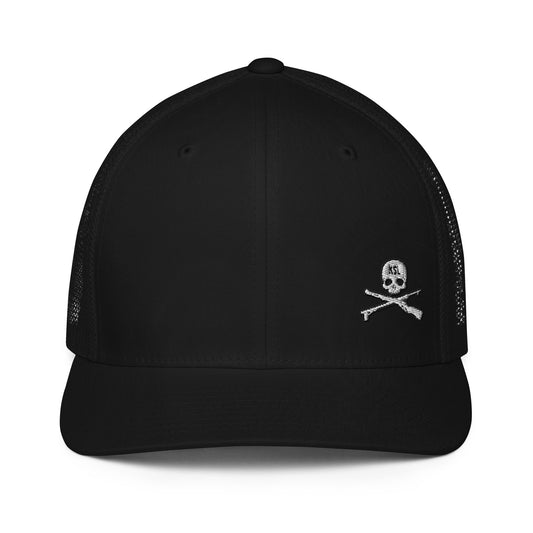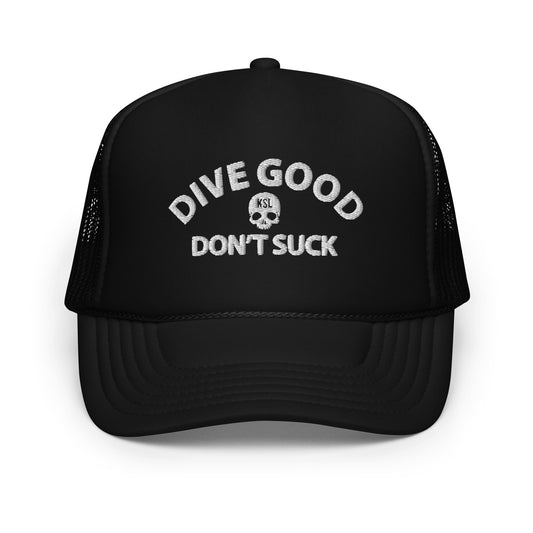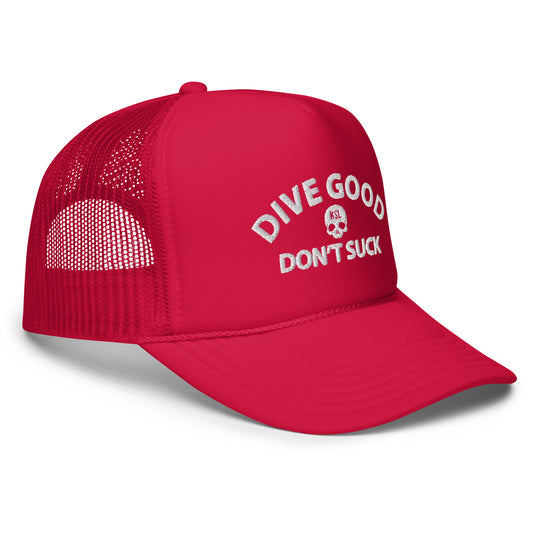Are Sharks Sustainable To Eat?
Share

Sharks have long been portrayed as ferocious predators and apex predators of the ocean. However, due to overfishing and other anthropogenic factors, many shark populations have suffered significant declines in recent decades. While conservation efforts have focused on protecting these majestic creatures, it is important to note that not all shark species are endangered or at risk. In fact, there are certain populations of sharks around the world that are deemed sustainable for consumption. In this article, we will explore a few of these species and their locations, highlighting the importance of responsible and sustainable shark consumption.
- Blue Shark (Prionace glauca): Location: Blue sharks are widely distributed and can be found in both coastal and open ocean waters, ranging from temperate to tropical regions worldwide.
Blue sharks are known for their slender bodies and striking blue coloration. They are considered one of the most abundant shark species globally. The International Union for Conservation of Nature (IUCN) lists the blue shark as a species of "Least Concern." It has a relatively fast reproductive rate, making it more resilient to fishing pressure compared to other species.
- Spiny Dogfish (Squalus acanthias): Location: Spiny dogfish are found in temperate and cold waters of the North Atlantic and North Pacific Oceans.
Spiny dogfish are small sharks with distinctive spines in front of their two dorsal fins. They have a high reproductive capacity and relatively short lifespan, which contributes to their resilience. The IUCN currently lists spiny dogfish as a species of "Least Concern" due to their stable populations.
- Mako Shark (Isurus oxyrinchus and Isurus paucus): Location: Mako sharks are pelagic and can be found in oceans worldwide, particularly in temperate and tropical waters.
Mako sharks are known for their impressive speed and agility, making them popular targets for sport fishing. While some populations of mako sharks are vulnerable, others have healthier numbers. For instance, the North Atlantic population (Isurus oxyrinchus) is listed as "Endangered" by the IUCN, but the shortfin mako (Isurus paucus) population in the Western and Central Pacific is considered more stable. It is essential to identify the specific population and regional regulations when considering mako shark consumption.
- Porbeagle Shark (Lamna nasus): Location: Porbeagle sharks inhabit temperate and cold waters of the North Atlantic and Southern Hemisphere.
Porbeagle sharks are robust and streamlined predators. Though they were once heavily targeted, strict fishing regulations and management measures have aided in their population recovery. The IUCN currently lists the porbeagle shark as "Vulnerable" globally, but regional populations may vary in status. It is crucial to consult local authorities to determine the sustainability of porbeagle shark catches.
Conclusion:
Sustainable shark consumption is possible when we identify species and populations with healthy numbers. It is vital to remember that sustainable shark fishing practices should be accompanied by responsible and ethical fishing methods, such as using selective gear and avoiding the capture of non-target species. Additionally, adherence to local fishing regulations and guidelines is imperative to ensure the long-term viability of shark populations.
By supporting sustainable shark consumption, we can promote the balance of marine ecosystems while also satisfying human dietary preferences. Awareness and education about sustainable seafood choices play a vital role in safeguarding the future of sharks and maintaining the health of our oceans.

